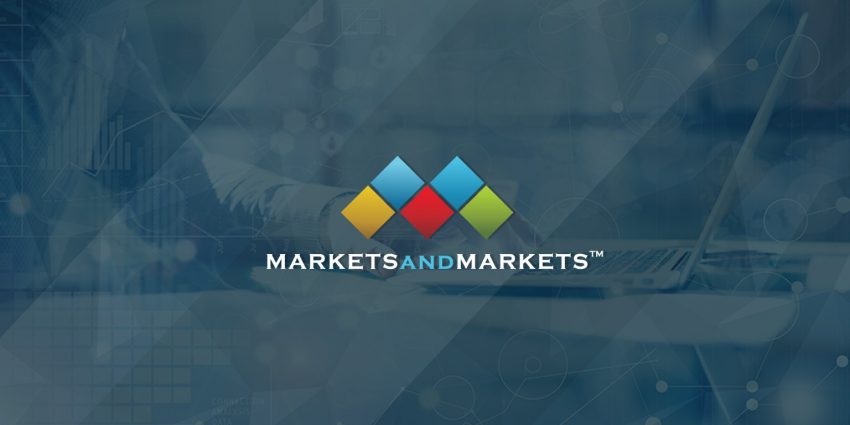The global ophthalmology drugs market is undergoing a significant transformation. Valued at US$18.34 billion in 2024, the market reached US$19.52 billion in 2025 and is forecasted to hit US$26.28 billion by 2030, growing at a CAGR of 6.1%. This steady expansion reflects not just the increasing burden of eye-related conditions but also the innovation surge and strategic realignments within the pharmaceutical sector.
For C-level executives in biopharma, healthcare, or investment, understanding the drivers, restraints, and opportunities in the ophthalmology drugs landscape is essential to align business strategy, unlock ROI, and capture competitive advantage.
Why Is the Ophthalmology Drugs Market Growing?
- Aging Global Population Fuels Demand
One of the primary catalysts is the global demographic shift. The elderly population, which is more prone to conditions like age-related macular degeneration (AMD), diabetic macular edema (DME), and glaucoma, is increasing rapidly. According to a meta-analysis covering regions including Europe, Australia, and the US, late-stage AMD prevalence surges from 0.3 to 36.7 cases per 1,000 people as age progresses from 55 to 90+.
Anti-VEGF therapies such as Eylea (aflibercept) and Lucentis (ranibizumab) are gaining widespread adoption. Newer entrants like Roche’s Vabysmo (faricimab) — a dual-action bispecific antibody targeting VEGF-A and Ang-2 — have enhanced treatment durability while reducing injection frequency, directly addressing patient compliance concerns.
What Are the Major Challenges Facing This Market?
- Off-Label Drug Use Undermines Innovation
One of the most pressing barriers is the widespread off-label use of Avastin (bevacizumab) — originally developed for cancer — in ophthalmic indications. Avastin’s appeal lies in its significantly lower cost compared to approved drugs like Lucentis, while studies like the NIH-backed CATT trial have validated its efficacy.
While cost-conscious healthcare systems promote Avastin usage (it commands nearly 50% of the US wet AMD market), it poses a revenue threat to new market entrants. Safety concerns also linger, and policy responses, such as Italy’s national reimbursement support for off-label Avastin, complicate regulatory strategy.
- Poor Adherence Due to Frequent Injections
Current therapies typically require monthly intravitreal injections, creating a treatment burden. A global 2021 study highlighted non-adherence rates as high as 95%, with up to 49% of patients needing nine or more injections annually. Beyond physical discomfort, the logistics, costs, and caregiver involvement amplify patient dropouts — a real-world barrier even for high-efficacy drugs.
How Are Companies Tackling Unmet Needs?
- Shifting Toward New Drug Modalities
The market is moving beyond biologics toward gene therapies, hydrogels, and sustained-release delivery systems. One standout is Ixo-vec (Ixoberogene soroparvovec) by Adverum Biotechnologies, a gene therapy now in Phase III trials (as of March 2025). Designed as a one-time injection for wet AMD, it aims to eliminate the need for repeated treatments while potentially restoring vision — a game-changer in chronic care.
Hydrogels also show promise for controlled drug release, allowing for longer therapeutic windows and fewer clinic visits, improving both adherence and patient outcomes.
Who Are the Market Leaders Shaping This Space?
Key players spearheading innovation and commercialization in the ophthalmology drugs market include:
- Regeneron Pharmaceuticals, Inc. (US) – Market leader with Eylea.
- Roche/Genentech (Switzerland/US) – Developer of Lucentis, Vabysmo.
- Novartis AG (Switzerland) – Global innovator in AMD and glaucoma treatments.
- Bausch + Lomb (US) – Broad ophthalmology portfolio.
- AbbVie (US) – Post-Allergan acquisition, focusing on eye-care innovation.
- Apellis Pharmaceuticals – Specializing in complement system-based therapeutics.
- Outlook Therapeutics (US) – Developer of Lytenava, a bevacizumab ophthalmic formulation.
Where Is the Market Gaining the Most Traction?
North America Leads the Way
In 2024, North America commanded the largest regional share of the ophthalmology drugs market. Contributing factors include:
- A rapidly aging population
- High prevalence of AMD, diabetic retinopathy, and glaucoma
- Robust pharmaceutical infrastructure
- Strong reimbursement systems (e.g., Medicare Part B in the US)
- Accelerated FDA drug approvals
The US, in particular, is the fastest-growing market, buoyed by clinical trial activity, commercialization agility, and high adoption of premium therapies.
When Will Biosimilars Begin to Reshape the Competitive Landscape?
Biosimilars are poised to disrupt branded ophthalmology drugs by 2025 and beyond. In February 2025, Teva, Formycon, and Klinge Biopharma entered a partnership to commercialize FYB203 (AHZANTIVE), a biosimilar to Eylea, across most of Europe and Israel. As regulatory and payer pressures mount globally, expect biosimilars to penetrate price-sensitive markets and offer scalable alternatives.
Strategic Takeaways for Executives
- Invest in R&D targeting sustained delivery and gene therapy to combat injection fatigue and improve outcomes.
- Explore commercial alliances and licensing for biosimilars and next-gen delivery platforms.
- Monitor policy shifts on off-label use and prepare pricing strategies that defend against low-cost competition.
- Build market share in North America, leveraging regulatory acceleration and payer partnerships.
- Address real-world adherence issues by integrating patient support programs and digital tracking solutions.
Conclusion: Why Now Is the Right Time to Act
The global ophthalmology drugs market is at a critical inflection point. As aging populations and chronic eye disorders converge with innovation in treatment modalities, the demand for effective, durable, and patient-friendly therapies will intensify. Market leaders who can bridge science, strategy, and scalability will be best positioned to capture long-term value.
For investors, biotech leaders, and pharmaceutical strategists, now is the time to refocus portfolios, deepen clinical pipelines, and reimagine patient-centric models in this dynamic therapeutic landscape.

